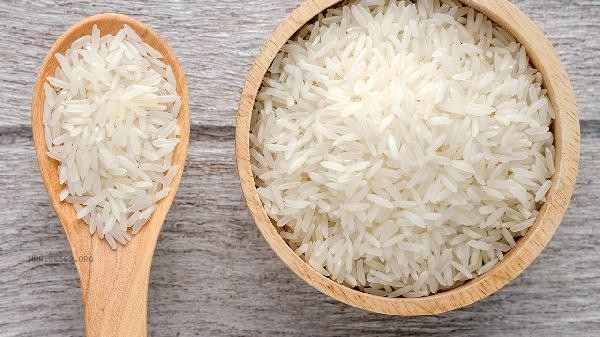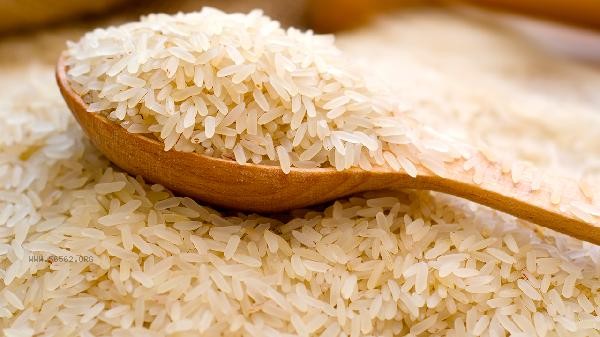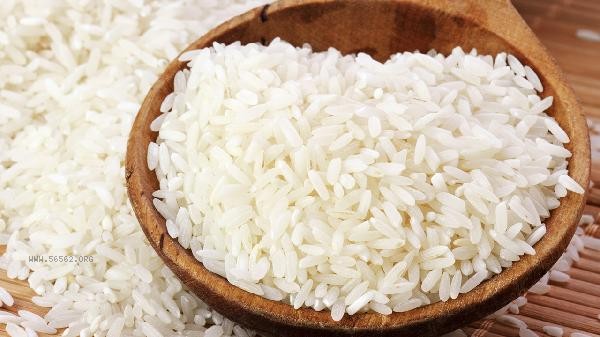Rapid consumption of rice can be achieved by adjusting cooking methods, increasing the frequency of consumption, and making diversified rice products. Rice, as a staple food, can be used reasonably to avoid waste and meet nutritional needs.

1. Adjusting cooking methods
Cooking rice with other ingredients can significantly increase consumption. For example, when making egg Fried Rice, the volume of rice will expand after being mixed with eggs and vegetables, and the single consumption will increase. When cooking porridge, the rice absorbs water and expands. Every 100 grams of dry rice can cook more than 400 grams of Congee, which is suitable for many people to eat separately. Adding broth and meat when making risotto can increase satiety and promote consumption.
2. Increasing the frequency of consumption
Incorporating rice into a daily multi meal diet plan can accelerate consumption. For breakfast, you can eat rice porridge with side dishes, make covered rice or mixed rice for lunch, and choose Fried Rice or rice in soup for dinner. Making portable rice food such as Rice and vegetable roll and sushi as an addition meal can not only increase rice intake throughout the day, but also ensure balanced nutrition. Pay attention to pairing each meal with sufficient vegetables and protein foods.
3. Making Rice Products
Processing rice into other forms of food can expand consumption pathways. Homemade rice cake requires grinding the rice into powder and steaming it. 500 grams of rice can be used to make 2-3 kilograms of rice cake. When fermenting rice wine, the rice undergoes saccharification and fermentation, with a large amount used and the finished product can be stored for a long time. Making snacks such as rice cakes and rice balls, using dehydration technology to reduce the volume of rice but maintain its weight, making it easier to store and consume.

4. Batch production of staple food
Cooking in large quantities at once and then packaging and freezing can improve efficiency. Boil more than 5kg rice and then pack and freeze, which can be quickly unfrozen to make Fried Rice, Congee, etc. Please note that frozen rice should be stored in a sealed container, and a small amount of water should be added during reheating to restore its taste. This method is suitable for multi person dining scenarios such as homes or canteens, avoiding energy waste caused by small-scale cooking.
5. Donation or Exchange
Donate surplus rice to a food bank or exchange other ingredients with neighbors to solve inventory pressure and avoid waste. Some communities have food sharing cabinets that can hold unopened rice in sealed packaging. In rural areas, rice can be exchanged for fresh vegetables and fruits to achieve diversification of food ingredients. Pay attention to checking the shelf life of rice, moldy rice is not edible. Reasonable storage of rice can extend its shelf life. It is recommended to store it in a cool and dry place, and use a sealed container to prevent moisture and insects. During high temperatures in summer, it can be packaged and refrigerated, but attention should be paid to the impact of condensation on the taste. Regularly inspect inventory and follow the first in, first out principle. Mixing with miscellaneous grains such as millet and oats can not only enrich nutrition but also regulate the structure of staple foods. Special groups such as diabetes patients need to control the intake of white rice, which can be partially replaced by brown rice or coarse cereals.









Comments (0)
Leave a Comment
No comments yet
Be the first to share your thoughts!